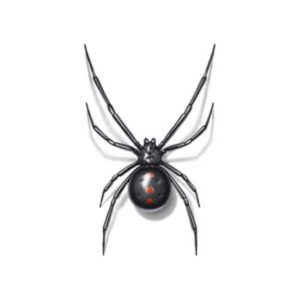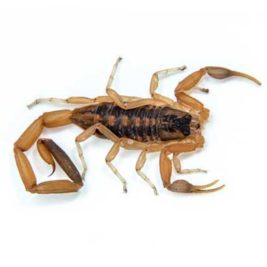Temperatures inevitably drop during the winter months, causing mice to seek refuge from the cold and cozy up inside your home. Even if you think all the openings to your home are sealed, mice know how to wiggle their way inside, especially when threatened by freezing temperatures. While they may look harmless, mice can cause damage, possibly carry diseases, and even become a fire hazard, which is why it’s imperative to take action immediately.
When Natural Remedies are Useful in Keeping Mice Away
We know how stressful and surprising it is to experience a mouse sighting inside your house. Even more daunting is the thought of getting rid of it! While more serious infestations warrant seeking professional help, there are a number of natural home remedies that can assist in keeping mice out of your home. Home remedies are often favored in pest control because they are non-toxic, effective, and, in many cases, the more humane option. Keep reading to learn about the six natural ways to get rid of mice this winter!
Top 6 Ways to Rid of Mice Naturally
The following list describes six popular methods of using things lying around your home to prevent mice infestations during the winter.
- Peppermint Oil: Mice are known to not be big fans of peppermint. Apply peppermint oil drops to cotton balls and place them in entryways, kitchen cabinets, and any other suspected entry points. You can even try planting mint along the exterior of your home.
- Apple Cider Vinegar & Water: Spray this mixture around the perimeter of your house as well as in any access points inside. Make sure to re-apply the solution once a month.
- Fabric Softener Sheets: Mice can’t stand the smell of fabric softener. Stuffing these sheets in suspected entry points will not only keep mice at bay, but keep your home smelling fresh and clean!
- Steel Wool: This is a great option that has proven to be effective in keeping mice away, because they are unable to chew through the the tough material. Simply stick steel wool in any crevices or holes in your home, using a bit of silicone to keep it in place.
- Used Kitty Litter: It is well-known that cats are natural predators of mice, and any mouse will scamper away when they suspect a cat lives in the home. Place tubs of used kitty litter near suspected access points in your home.
- Instant Mashed Potatoes: This is a frugal option of getting rid of the mice in your home. Sprinkled instant potatoes will likely be ingested by the mice, who will not be able to tolerate or survive the expanding flakes in their stomach.
Naturally Preventing Mice During the Winter
Along with the methods listed above, there are several easy steps every homeowner can take to keep on top of controlling mice infestation in their home.
- Regularly inspect your home to look for signs of mice.
- Scope out any possible entry points and seal or close them off.
- Always keep food sealed and securely stored; never leave it out.
- Keep inside and outside areas tidy and free of exposed garbage.
- Make sure any foliage or tree branches are at least three feet away from the foundation of your home.
- During the colder months, keep birdseed to a minimum.
As always, make sure to call a professional if these natural home remedies do not work or if you need assistance. At Rentokil, we are dedicated to helping our customers stay pest-free during the winter and year-round!

 The black widow spider is perhaps the most feared spider in southern Nevada due to the potency of its venom, which is reported to be 15 times stronger than that of a rattlesnake. If its aggressiveness matched the potency of its venom, humans would be at far greater risk living in the
The black widow spider is perhaps the most feared spider in southern Nevada due to the potency of its venom, which is reported to be 15 times stronger than that of a rattlesnake. If its aggressiveness matched the potency of its venom, humans would be at far greater risk living in the  Baby, it’s cold outside! As the temperatures drop below freezing in the
Baby, it’s cold outside! As the temperatures drop below freezing in the 
